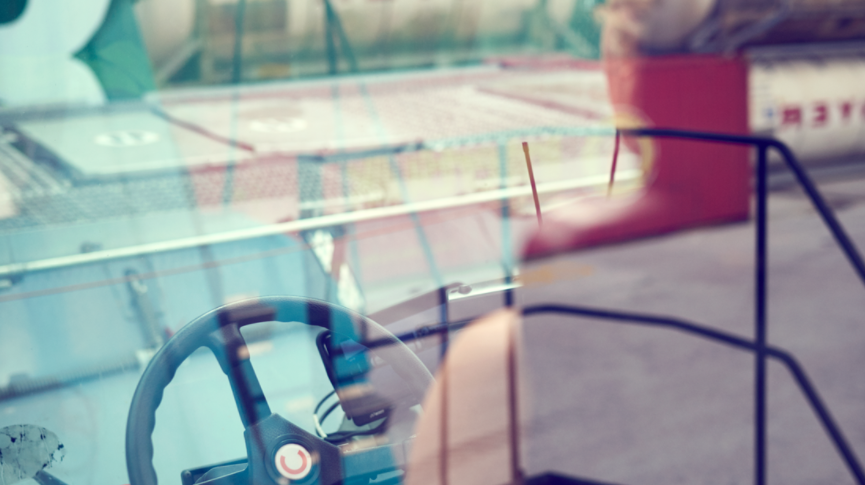Diversity has changed DFDS’ Executive Management Team
A diverse company is a solid company, but we have a way to go when it comes to gender
 Right now, we are about 25% women – considerably more on land than at sea. We are working to achieve our target of 30% females in DFDS by 2023 and the EMT is living up to this commitment already. I commit to keeping this a high priority and keeping managers responsible not just for gender diversity but also for inclusive behaviour in a broader sense,” says CEO Torben Carlsen.
Right now, we are about 25% women – considerably more on land than at sea. We are working to achieve our target of 30% females in DFDS by 2023 and the EMT is living up to this commitment already. I commit to keeping this a high priority and keeping managers responsible not just for gender diversity but also for inclusive behaviour in a broader sense,” says CEO Torben Carlsen.
We don’t want to miss out
“Striving for diversity is not just something that is nice to do – it is necessary. It will attract talent, improve team dynamics and help us make stronger decisions. If we are all the same, we will find it hard to understand the needs of people – customers – that are different to us, and we will miss out on perspectives that could ultimately help strengthen and grow our business and culture,” says CSR Director Sofie Hebeltoft.
Diversity is more than gender
“I have experienced how diversity has changed the dynamics of the Executive Management Team,” says EVP for the Ferry Division Peder Gellert. “And with diversity, I don’t just mean women. We have of course gone from being all men, all white, all similar ages, to now being four men and two women, but that’s not the only thing that has changed. Diversity is more than gender. It’s also backgrounds – Rune Keldsen, Karina Deacon and Anne-Christine Ahrenkiel all come from other industries than shipping and transport. That brings different angles and experiences into our discussions and helps us see things differently,” he says.
Where are the female developers?
In Technology & Innovation, Chief Technology Officer Rune Keldsen finds recruiting female candidates within the areas of Development, Architecture and Operations a challenge. “The numbers speak for themselves when it comes to where the biggest potential for improvement is,” Rune says. “In my leadership team, with scrum masters and product owners and project managers we are close to or above 30% females. In back- and frontend development and architecture it is less than 5%. I commit to doing what I can to increase the number of diverse applicants, like speaking at universities and letting people know that you don’t have to be a white male to work in tech. We are also working on improving how we write our job ads, to focus more on value and customer journeys rather than using the deep nerd language, to open up to a broader target group. When it comes to nationalities, culture, background and personalities, T&I is a fantastically diverse organisation.”
The rest of the EMT is committed to DFDS becoming more diverse, too. Chief People Officer Anne-Christine Ahrenkiel persistently drives the diversity agenda and is ramping up her team to be able to deliver data to track progress. “Our managers welcome the focus on Diversity & Inclusion and our Vice Presidents have given personal commitments and are working on realising these,” she says. “These personal commitments by our Vice Presidents, to translate the overall DFDS goal to own, personal commitments, are crucial to creating a lasting culture of diversity in DFDS.
CFO Karina Deacon will promote and support the development of a mentor approach across DFDS and be a mentor herself. EVP for the Logistics Divisions Niklas Andersson is also fully committed to do anything he can to push the share of women in Logistics to 30%.

DFDS' Executive Management Team
From left:
Torben Carlsen (Chief Executive Officer)
Karina Deacon (Chief Financial Officer)
Peder Gellert (Executive Vice President, Ferry Division)
Niklas Andersson (Executive Vice President, Logistics Division)
Anne-Christine Ahrenkiel (Chief People Officer)
Rune Keldsen (Chief Technology Officer)
Related news
For media inquiries, interviews, or press materials, reach out to DFDS using the contact details below.
